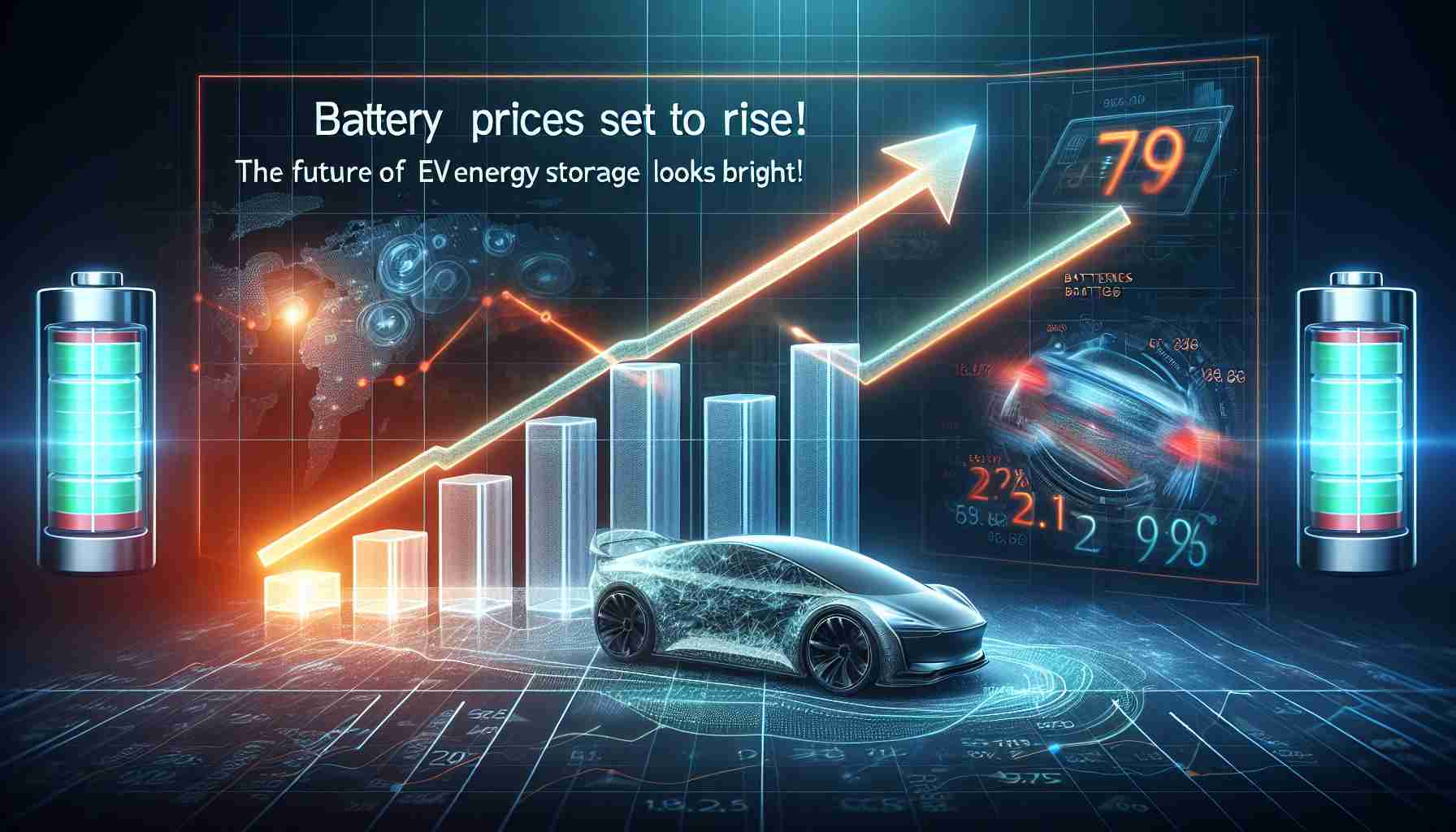The landscape of electric vehicle (EV) and energy storage system (ESS) batteries is undergoing a significant transformation. According to recent findings, the persistent decline in battery prices observed in 2024 has started to stabilize, especially in the final quarter of the year. With increasing global demand for EVs and energy storage solutions, suppliers are gearing up to adjust prices upwards in 2025.
In 2024, even with a general downward trend in EV battery prices, the demand surged during the peak season in the latter half of the year. Projections indicate that China’s booming EV market could see growth rates reaching as high as 30 percent in 2025, largely fueled by favorable government incentives. As a result, prices for batteries in January are likely to hold steady.
The energy storage segment also demonstrated robust growth, particularly in markets such as China, the U.S., and Europe, as well as emerging regions like Southeast Asia and the Middle East. While the decrease in LFP ESS battery prices was notable due to excess production and falling material costs, this decline has shown signs of slowing as we approach 2025.
With intense competition on the rise, manufacturers are focusing on innovation and enhancing production processes. New ultra-large-capacity storage batteries, surpassing 500Ah, are anticipated to enter the market soon, further shaping the industry’s future dynamics. As price reductions for materials plateau, battery makers face the challenge of managing production costs amid fluctuating raw material expenses.
The Future of Electric Vehicle and Energy Storage Batteries: Key Trends for 2025
Overview of the Battery Market Transformation
The electric vehicle (EV) and energy storage system (ESS) battery market is experiencing a remarkable shift as we approach 2025. While battery prices had been on a consistent decline over the past few years, recent observations indicate a stabilization trend, particularly in the last quarter of 2024. This article explores the emerging trends, forecasts, and innovations that are reshaping the landscape of EV and ESS batteries.
Market Trends and Forecasts
1. Stabilization of Battery Prices: In 2024, although the overall trend of declining EV battery prices continued, an increase in demand during peak seasons led to price stabilization. It is projected that suppliers will adjust battery prices upwards by 2025 due to heightened global demand.
2. Growing Demand in China: China’s EV market is projected to grow at rates of up to 30% in 2025. This growth is primarily driven by favorable government incentives aimed at boosting electric mobility. As a result, battery prices are expected to remain stable at the start of the year, reflecting the continuous demand.
3. Energy Storage Growth: The energy storage sector is witnessing significant growth, especially in established markets such as China, the U.S., and Europe, alongside emerging regions like Southeast Asia and the Middle East. This increase is partially consistent across various battery types, including lithium iron phosphate (LFP) batteries, which have seen price decreases due to overproduction and lower material costs.
Innovations and Future Projections
– Ultra-Large-Capacity Batteries: Manufacturers are expected to introduce ultra-large-capacity batteries exceeding 500Ah. These innovations could dramatically enhance storage capabilities and efficiency, impacting both the EV and ESS sectors.
– Production Challenges: Although the reduction of certain material costs initially alleviated production pressures, the anticipated plateau in material prices presents a challenge for manufacturers. Balancing production costs with raw material price fluctuations will be crucial as companies strive for profitability.
Pros and Cons of Current Trends
Pros:
– Increasing Accessibility: As prices stabilize, electric vehicles may become more accessible to a broader audience, promoting sustainable transportation solutions.
– Enhanced Technology: Innovations in battery technology promise improvements in capacity and efficiency.
Cons:
– Price Volatility: The fluctuation in raw material costs may hinder manufacturers’ ability to maintain consistent pricing.
– Environmental Concerns: The production of batteries still poses significant environmental challenges, including resource extraction and waste management.
Key Insights for Consumers and Manufacturers
Consumers should keep an eye on the evolving trends in battery prices and technological advancements, especially if considering the purchase of an EV or investing in energy storage solutions. Manufacturers, on the other hand, must innovate while effectively managing costs to stay competitive in a rapidly changing market.
Conclusion
As we move towards 2025, the electric vehicle and energy storage battery sectors are poised for significant changes. Understanding these dynamics will not only benefit manufacturers but also empower consumers in making informed decisions about sustainable energy options.
For more insights on energy storage technologies and future trends in electric mobility, visit this website.










